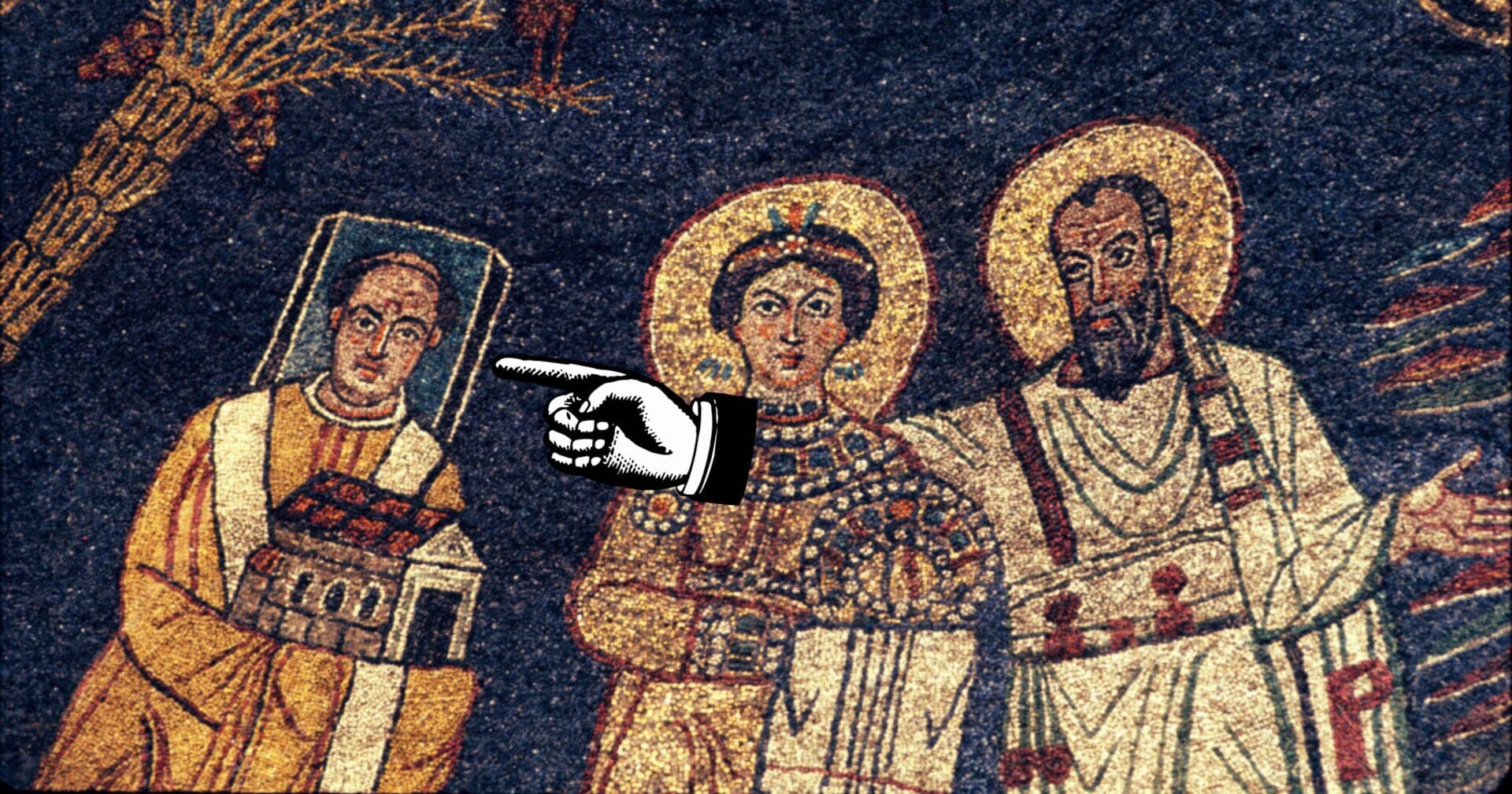Did you know that in Christian art, haloes serve as symbols of sanctity, conveying complex theological messages, nuanced by shape and context?
From the earliest depictions, the halo symbolized divine light or grace. Christ was initially the sole figure adorned with a halo, signifying His divine Logos. This emblem of holiness, often circular, grew to symbolize different Church teachings.
The cruciform halo, marked by a cross within or extending beyond the circle, is especially reserved for Jesus and the Holy Trinity, highlighting Christ’s divinity. Unique to Byzantine and Orthodox imagery, the Greek letters Ο Ω Ν within Christ’s halo affirm His eternal existence.
Diverging from the traditional round shape, other forms like square, triangular, and even scalloped haloes also found their place in Christian iconography.
Square haloes, for instance, were historically employed to depict living persons that commissioned the artwork, indicating contemporaneity rather than canonization. Triangular haloes, albeit less common, symbolize the Trinity, further adding to the visual language of Christian theology.
As the medium through which countless faithful have encountered the Divine, icons and their haloes serve as a “window into heaven.” They invite the faithful to a deeper understanding of their beliefs, with each halo shape offering a unique insight into the mysteries of faith!
Photo credit: Public Domain via Wikimedia Commons

















